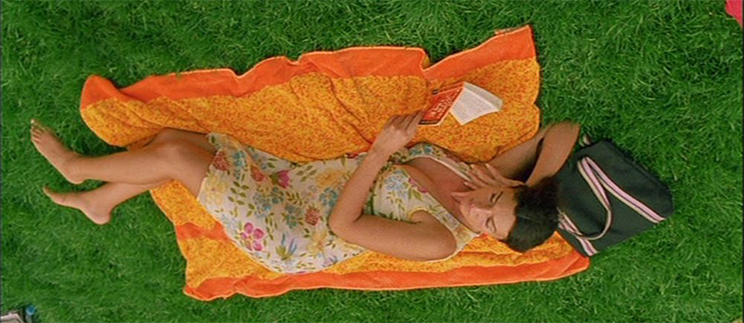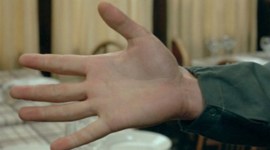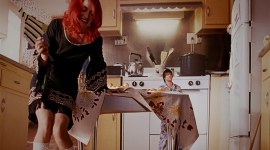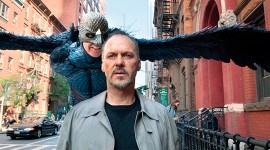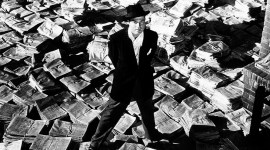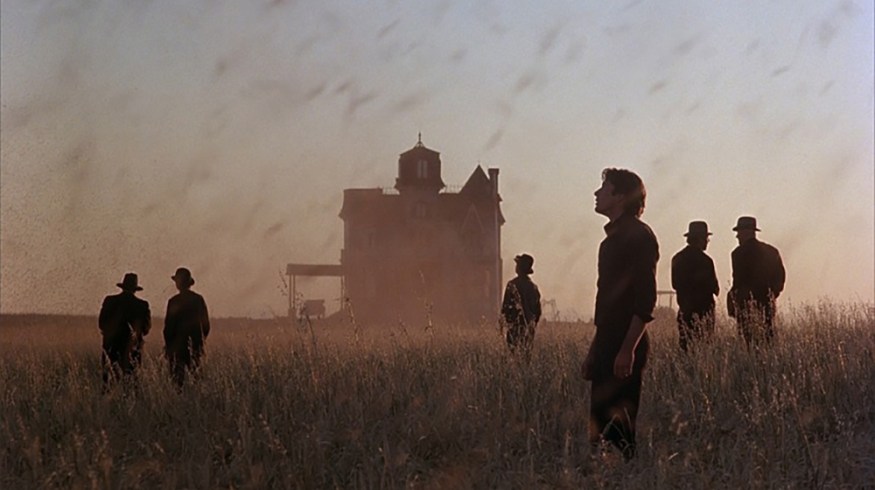
Catch Audiences Off Guard With Reverse On-Screen Motion
Reverse on-screen motion has been used since the dawn of cinema. Learn how to use this backward technique for your own video productions.
Top Image: Days of Heaven via Paramount
Narrative Reversal
While maintaining the sense of forward motion through storytelling, filmmakers have used the power of editing to jump their scenes and sequences forward and backward across time and make it feel totally natural. This continuity through narrative has permitted filmmakers to reverse entire storylines and still maintain clarity.
Reversed narratives can be seen in movies like Memento and Irreversible. Similarly, reversal narratives that offer their characters multiple storylines (or second chances) can be seen in movies such as Run Lola Run and Sliding Doors.
However, reversing on-screen motion is a more challenging technique. As such, it’s often reserved for special effect shots and brief passages within more traditional chronologically structured works.
Let’s consider the way this technique has been used over the course of cinematic history. In the process, you may find an inventive use for reverse on-screen motion in your next video project.
Film History in Reverse
One of the earliest examples of reverse on-screen motion can be seen below (via Change Before Going Productions). In the Lumiere short film Demolition of a Wall, workers knock down a wall only to have it magically reassemble. The film serves as an early demonstration that filmmakers have the power to mend what has been broken, even if it is an on-screen illusion.
Building Up and Demolishing the Star Theatre (seen below via Biograph and Change Before Going Productions) is another example of early reverse on-screen motion and also one of the first films to use timelapse. Over a period of thirty days, and supposedly with an exposure every four minutes, Frederick S. Armitage created this 1901 film that shows the assembling and disassembling, sans dynamite, of the Star Theatre.
These early examples of reverse on-screen motion were just the beginning when it came to encouraging audiences to grapple with the unique abilities of the film medium.
The 1967 Czech film Happy End is a notable feature film that employs reverse on-screen motion for its entirety. It’s an impressive and quirky entry in the history of reverse on-screen motion. Since Happy End is a feature, viewing it can be a commitment, but it’s worth checking out in total. Watch it below (via Continental & rplnt).
More recent uses of reverse on-screen motion throughout an entire film can be seen in shorter works such as Zach Lipovsky’s Time Upon a Once and the memorable trailer for Dead Island (via Square Enix).
Reverse Motion as Special Effect
More often than not, reverse on-screen motion is used as a quick effect and is meant to be either invisible, surreal, or a little creepy.
Consider the backward motion of smoke in this scene from Michael Mann’s weird 1983 film, The Keep (via Paramount).
And this reversed black substance (at 1:37) from Evil Dead II (via Anchor Bay).
And the cat on the piano from the 1977 Japanese film, House (via Criterion).
And the notorious use of the remote control in Michael Haneke’s Funny Games (via Warner).
Note: This clip contains violent content.
And the nightmarish Red Room scene in David Lynch’s Twin Peaks (via ABC).
Finally, Terrence Malick used reverse on-screen motion to beautiful effect (at 1:20) during the locust scene in the classic Days of Heaven (via Paramount).
The list goes on with countless films making use of reverse motion effects over the course of movie history.
Why Use Reverse Motion?
For any kind of untrained stunt work, reverse motion can come in handy. For example, if someone needs to get hit by anything (car, grocery cart, etc.), it’s worth a try to stage the motion in reverse, starting from the moment of impact and moving backward. Sometimes you can shoot the moment of impact in a close-up. So at the moment the runaway grocery cart hits the unsuspecting shopper, frame a close-up with the cart against the shopper, pull the cart out of the shot and get enough coverage to make it look real.
It’s also useful if you have a character who needs to look like a genius with a Rubik’s Cube or similar puzzle, as seen in this clip of Michel Gondry via passaicstuff.
If you need someone to emerge from a lake and be miraculously dry, have them walk backward into the water, then reverse the sequence in post, as recommended here.
Sometimes, making use of fishing wire is necessary if you want your reverse shot to play out in a wider framing. Shanks FX demonstrates this technique with some applications for reverse motion that look akin to Jedi force work or just magic.
The opportunities for using reverse motion are endless and limited only by your creativity. The resulting reverse on-screen motion shot may only be used for a brief moment, but it can make all the difference for your action scenes, tricky stunt work, and horror movie effects. As for actually reversing the shot in your editing timeline, it’s as easy as this in Adobe Premiere and this in Final Cut Pro.
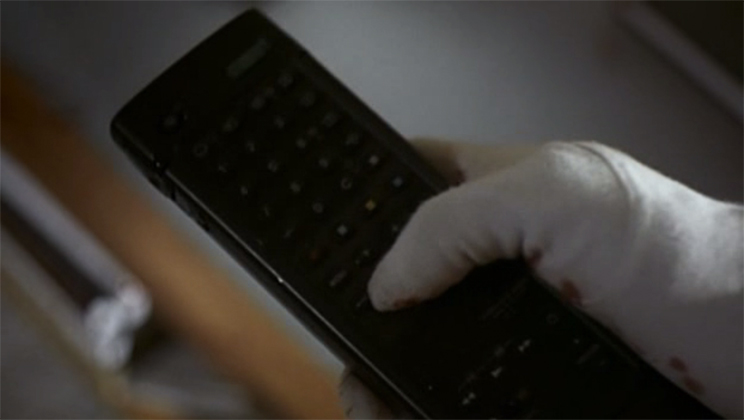 Funny Games via Warner
Funny Games via Warner
What are some memorable moments of reverse on-screen action that you’ve seen or put to use? Share in the comments below!


